One of the most satisfying ways to enjoy fresh, homegrown produce is by building a vegetable garden right in your own backyard.
This step-by-step guide will walk you through how to prepare your space, choose what to grow, and set yourself up for a successful harvest.
If you're just getting started, don’t miss my Backyard Gardening Tips landing page—it’s packed with resources for every skill level.
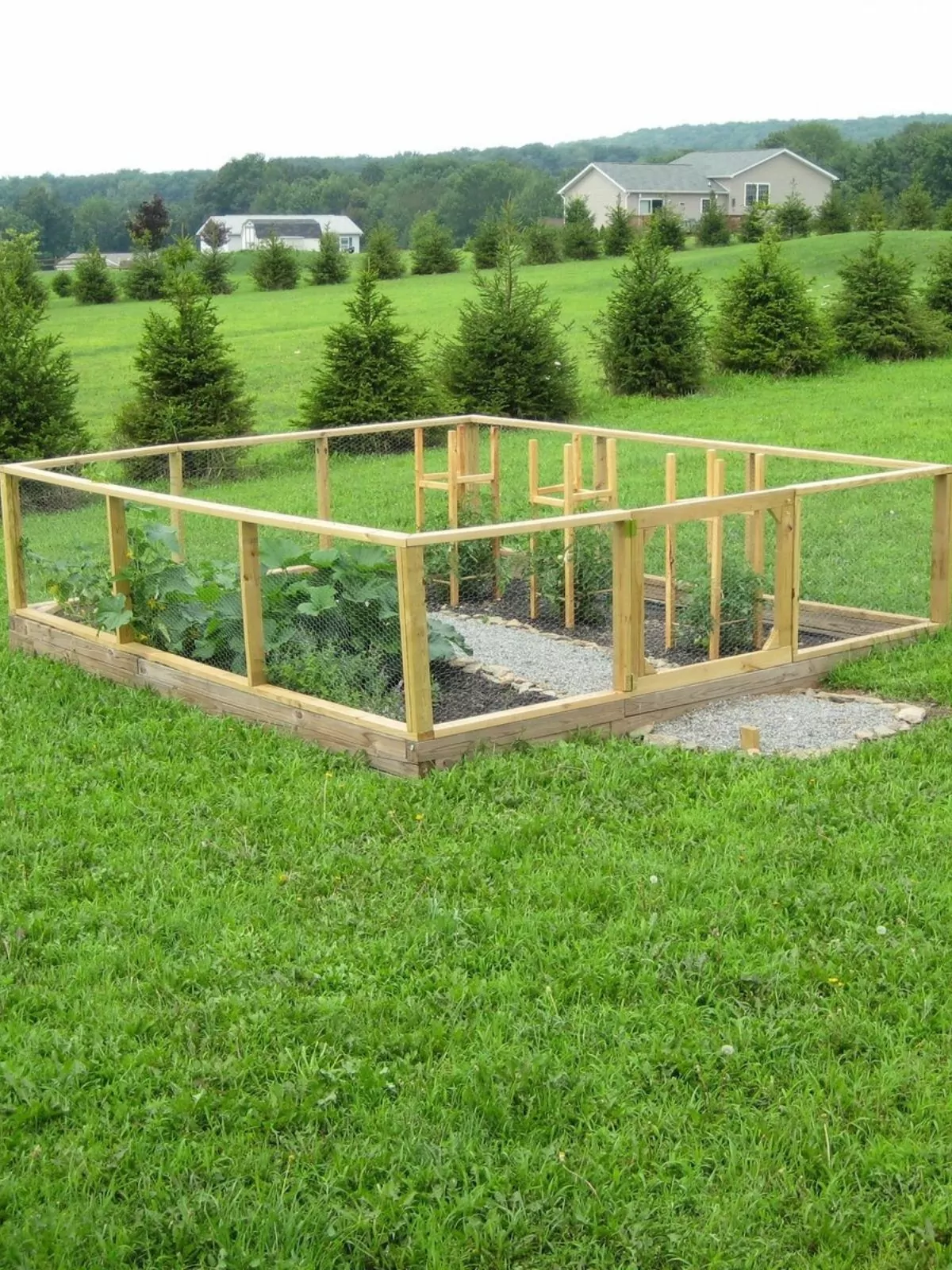
With the right tools, good soil, and a bit of planning, you can grow everything from leafy greens to juicy tomatoes—even if you’re a total beginner.
You don’t need a huge yard or years of experience—just a sunny spot and a willingness to dig in. Once you get started, you’ll be amazed at how quickly your garden takes shape and begins to produce.
To stay organized and on track all season long, grab The Complete Gardener’s Checklist—a printable tool to help you plan, plant, and maintain your garden with ease.
Table of Contents
- Making a Garden
- How to Prepare the Ground
- Essential Tools to Build Your First Garden
- Click HERE to get the Easy Vegetables to Grow for Beginners FREE Printable!
- Construction Process
- Building the Foundation
- Our Finished Vegetable Garden
- Vegetable Garden Recipes
- Looking for MORE Gardening Tips? Check out the following posts:
- 💬 Comments
Making a Garden
The photos in this blog post are from when we first built our garden back in 2008.
We were just two kids from Queens, NY, starting out and discovering a love for growing our own food.
As you can see from the photo below, our garden has grown right along with us—it’s now twice the size, with three additional beds in the back where we enjoy growing pumpkins every year.
Not sure what to plant? Check out my Easy Vegetables to Grow for Beginners post.
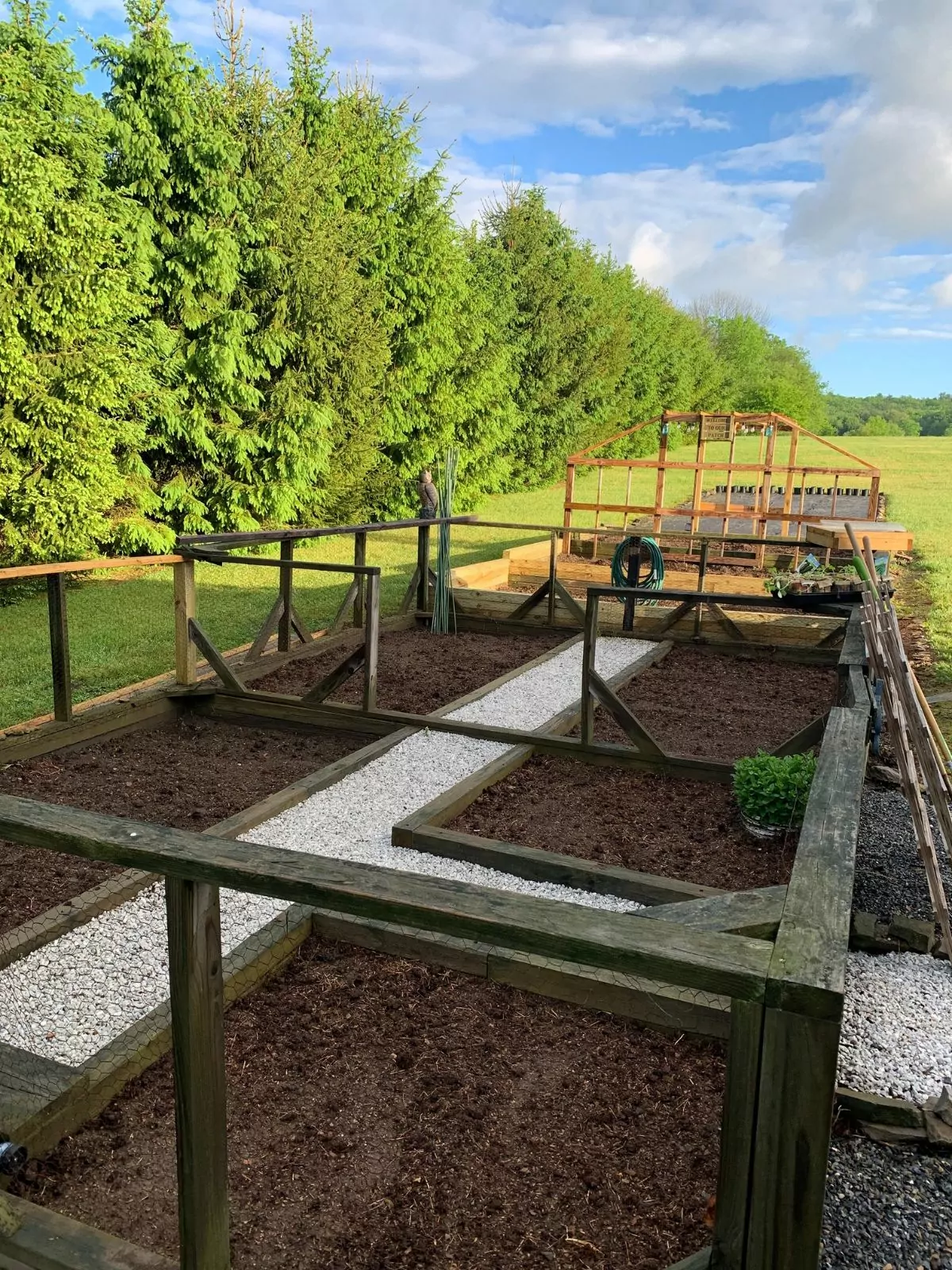
How to Prepare the Ground
The first step typically begins in late autumn. After marking out your garden space, cover the area with a tarp through the fall and winter to kill off grass and weeds—this simple step can save you a lot of work later. By spring, your ground will be prepped and ready for construction.
But what if you didn’t get a chance to prepare the soil last fall and still want to grow vegetables this summer?
No problem! Just head to your local equipment rental center and rent a rototiller. Use it to break up the soil in the spot you’ve chosen for your garden.
If you’re looking for more guidance on how to improve soil and prepare your garden space the right way, this resource is a great place to start.
Essential Tools to Build Your First Garden
- One, preferably two cordless drills (I have found that not having to switch bits between drilling pilot holes and joining wood beams speeds up the project enormously).
- A minimum 48-inch beam level
- 3 or 4 twine levels
- Roll of twine (of course)
- Mallet or hammer
- Stakes
- Staple gun
- 48 feet of 4-foot chicken wire
- Miter saw
- Sturdy table
- Measuring tape
- Carpenter’s square
- Trench shovel.
What to Buy Before You Build
- 192 feet of 4x4 treated lumber
- 208 feet of 2x4 treated lumber
- Two pounds of 2 ½” wood screws
- Box of 50 – 6” structural wood screws (every box I have ever opened had the correct bit included)
- Box of staples
- Small gate hardware
- Chicken Wire
Chicken Wire Fencing Mesh, 16.9 Inch x 40 Feet Metal Floral Chicken Wire Fence for Crafts Poultry Garden, 0.6 Inch Hexagonal Galvanized Hardware Cloth Netting for Chicken Coop Barrier Rabbit Cage

Click HERE to get the Easy Vegetables to Grow for Beginners FREE Printable!

Construction Process
Step 1: Remove the Tarp and Loosen the Soil
- Take up the tarp—you should find the soil soft and workable.
- Use a narrow trench shovel to loosen the earth around the border.
- Depending on the slope of your garden site, you may need to dig 3 to 6 inches deep in certain areas.
Step 2: Set the Perimeter with Stakes and Twine
- Hammer stakes just outside the four corners of your garden area.
- Tie twine tightly between each stake to form a square outline.
- Hook line levels onto the twine.
- Adjust the height of the twine until the bubble in each level is centered.
- Move the level up and down the lines to ensure the twine is level all the way around.
Tip: This helps create a level foundation and prevents a sloped or uneven look ("nape of the earth").
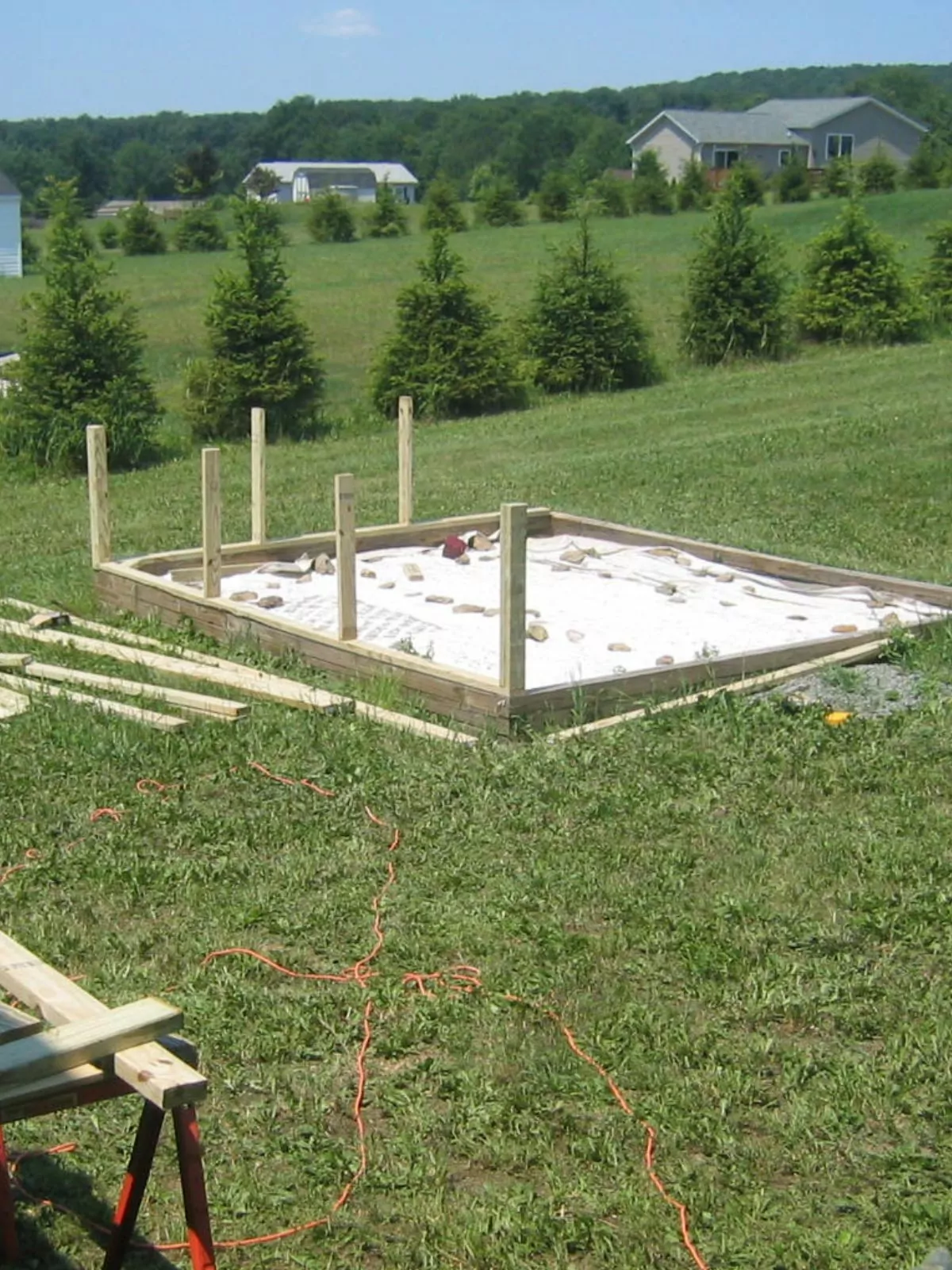
Step 3: Cut and Assemble the Frame
- If you're using 8-foot lengths of 4x4 lumber, cut a few in half using a miter saw.
- Begin assembling the raised bed by alternating 4-foot and 8-foot sections of 4x4s.
- Use structural wood screws to secure the corners as you build.
- Continue working around until you've completed a square that’s at least two 4x4s high.
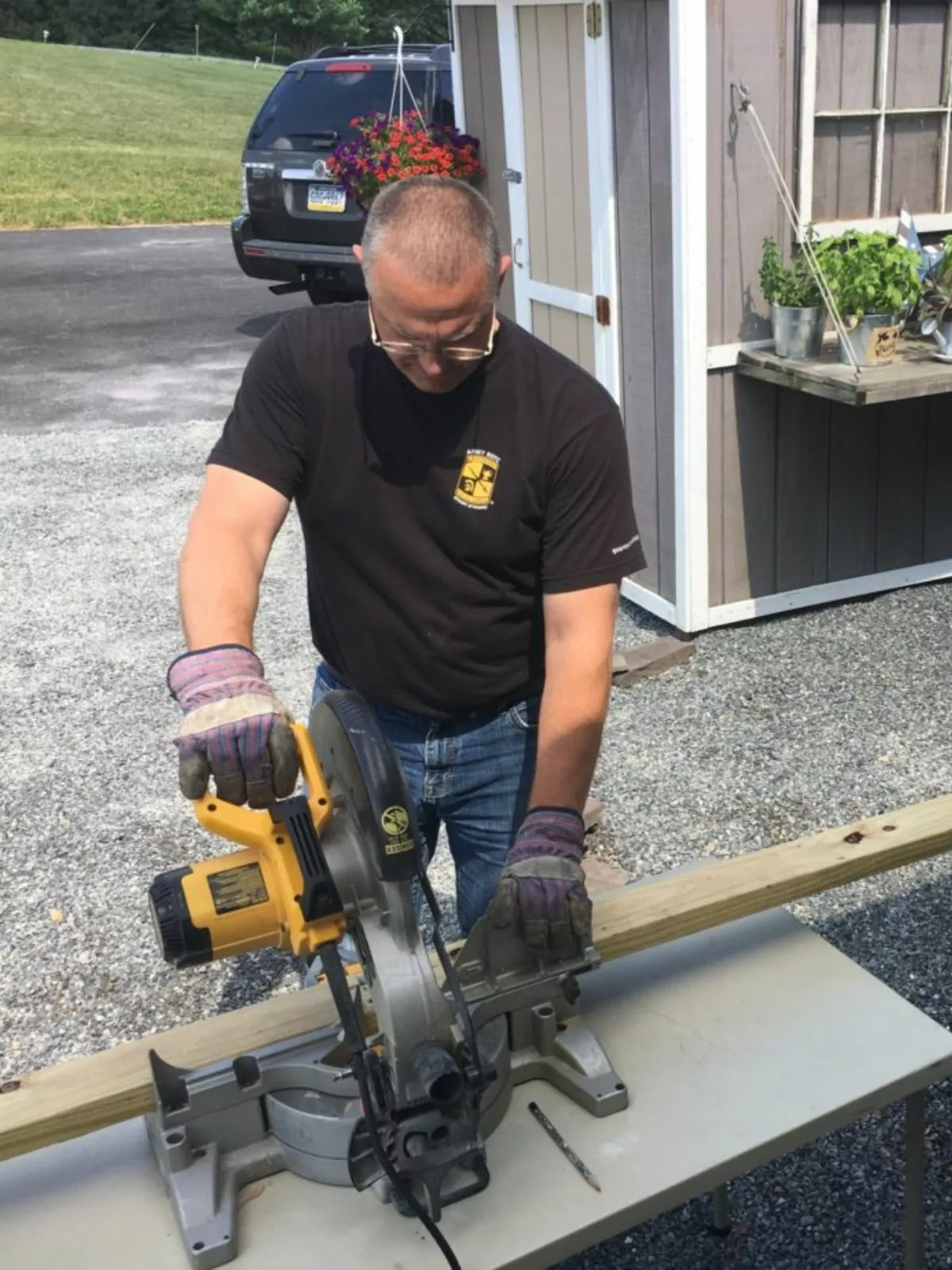
Step 4: Check for Square
- Measure diagonally from one corner to the opposite corner.
- Do the same for the other two corners to form an “X.”
- If the measurements differ by more than 1.5 inches, the frame isn’t square—disassemble and adjust as needed for a clean, even build.
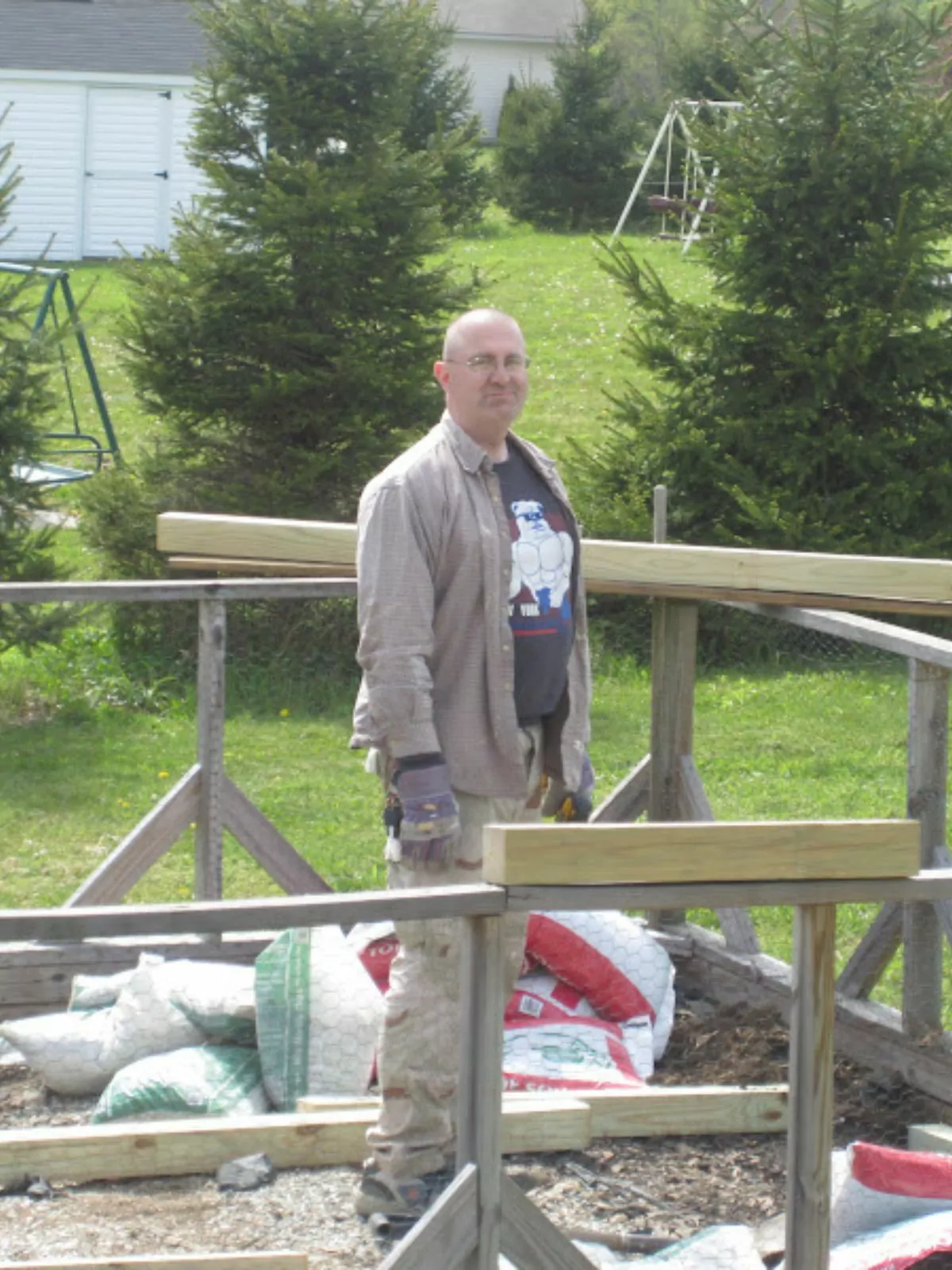
Building the Foundation
The raised bed frame serves as the foundation of your garden. How deep you build it will depend on the natural slope of your yard. Once the frame is complete, it’s time to install the fencing using the 2x4s.
Plan your materials to allow for:
- A base and top rail
- Two vertical support struts in each corner
- Three fence sections along three sides
- Two sections plus a gate on the fourth side
- Brackets for each strut
Don’t forget the gate! You’ll need easy access to maintain and harvest from your garden. Once the frame for the fence is in place, staple the chicken wire to the inside for a clean, secure finish that keeps critters out.
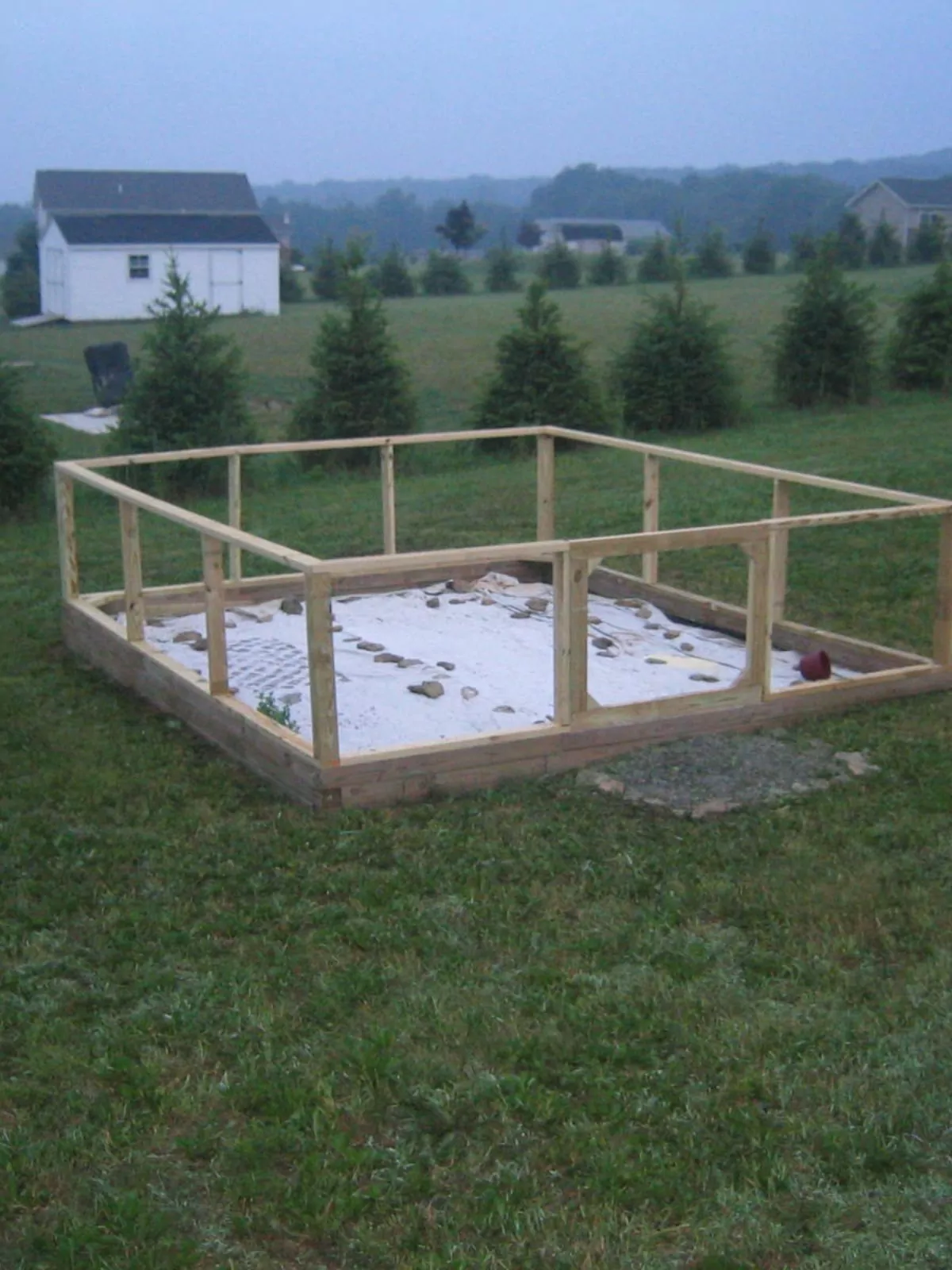
Our Finished Vegetable Garden
Now it’s time for the fun part—head to your local garden center, pick out your vegetables, and start planting! With just a little care, you’ll be harvesting juicy tomatoes before you know it (just like the ones we grew last year!).

Need help staying organized? Don’t forget to grab The Complete Gardener’s Checklist from my shop to keep track of everything from planting dates to harvest goals.
Vegetable Garden Recipes
Once your garden starts producing, you’ll love putting those fresh veggies to good use!
Check out some of our favorite recipes made with homegrown ingredients—like this flavorful Canning Marinara Sauce, easy Grilled Vegetables, refreshing Fresh Tomato Salad, and creamy German Cucumber Salad with Sour Cream Dressing.
These recipes are perfect for enjoying the flavors of your garden all season long!
Looking for MORE Gardening Tips? Check out the following posts:
- Tips on Growing Tomatoes
- Mistakes to Avoid when Growing Tomatoes in Containers
- Tips on Growing Sunflowers in your Garden
- Outdoor Gardening Inspiration
This post has been updated since it first appeared in 2016.

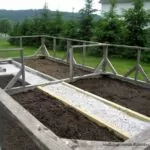
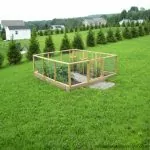
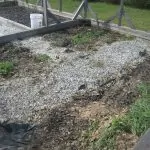
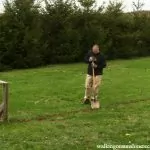
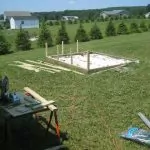
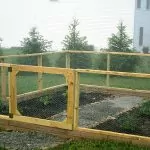
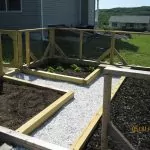

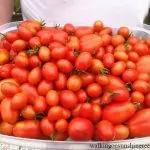
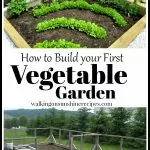




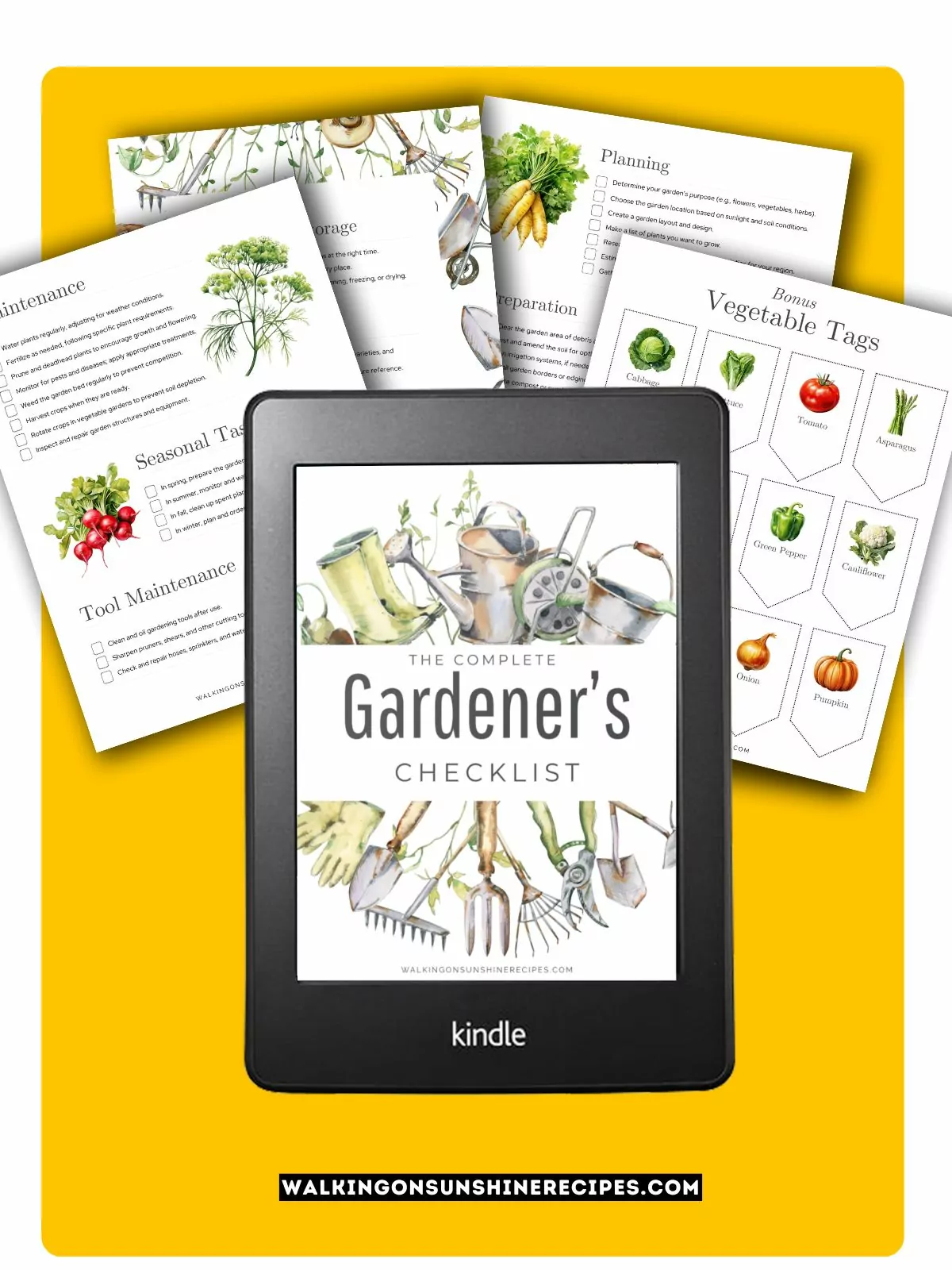

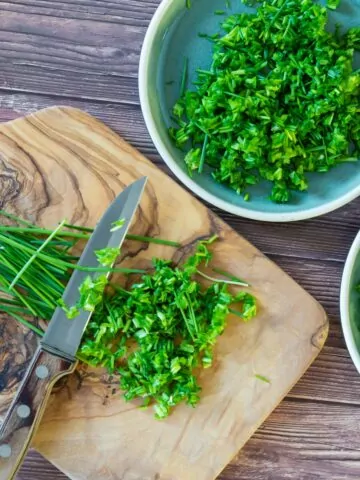
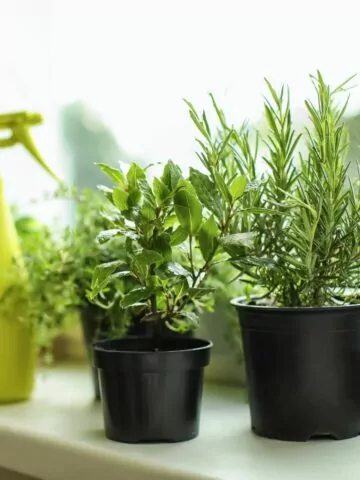
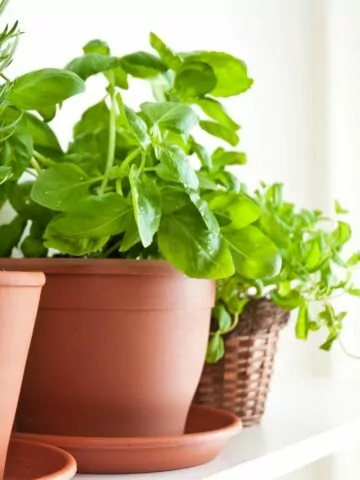
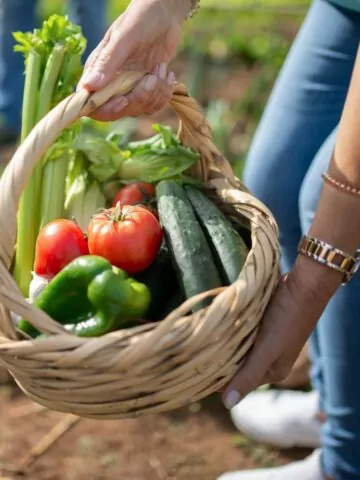

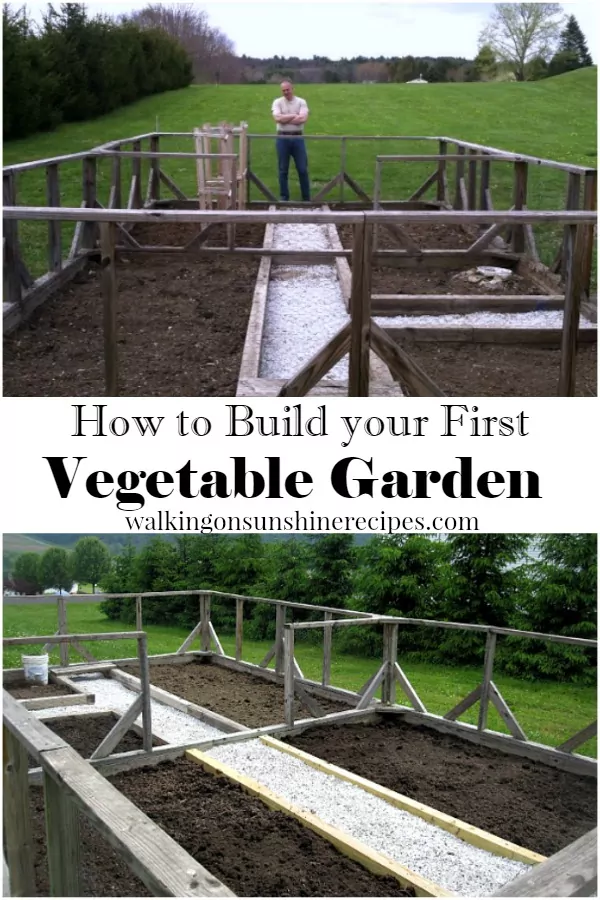

Beth says
Lois, what an inspirational post! I have always wanted a vegetable garden. Thanks for sharing the useful tips and guide at Creatively Crafty! Have a great week! Creatively, Beth
Lois says
Thank you Beth!
Linda Primmer says
A wonderful garden. We have a garden too, fenced in in raised beds. I am happy to feature your garden at Love Your Creativity. Happy Memorial Day weekend.
MICHAEL BROWN says
The garden looks great. The idea to put in the pathway, before the beds was great. Thanks for the tips you wrote, I may even be able to do this in our own yard.
Lois says
Thank you!
Nicole Driscoll says
Hi LOIS,
I planted a small vegetable garden beside our home. The crops closest to the home stay sickly, low posture. I had been advised that cement bases leach something detrimental for a few crops. Is this accurate?
Regards,
Nicole Driscoll
sewingmachinesview.com
Lois says
I'm not an expert on that! Have you tried Google? Thanks for visiting.
Daniel Anderson says
Thanks for blog! Very interesting and funny 🙂 Please visit my blog here
Keile Haley says
Your garden is great! We have a garden but it is far in the back of our city 🙁 doyousew
Jims linda says
A spade is a gardening tool with a long, thick handle and heavy flat blade. Robert
Wild Oak Designs says
Great garden. My guess is it will continue to grow....Great idea to put in the pathway, before the beds ....
Looks wonderful.
Nancy
wildoakdesigns.blogspot.com
Carol ("Mimi") says
Your garden is not only functional but also looks great in the landscape. We also have to put fencing around our garden to keep out the deer and rabbits. I predict that you will enjoy lots of delicious vegetables from your garden this summer -- enjoy!
Anonymous says
Nice work with good ideas and concepts, lots of great information which we all need, helpful information. I would like to thank you for the efforts you shown remarkable writing skill in this article.
Rebecca West says
Such a beautiful space! I may even be able to do this in our own yard, thanks for the tips! And thanks for linking up with us at Welcome Home Wednesdays! I can't wait to see what you have for us this week!
IntheKitchenwithStacey says
I love the garden!! #HomeMattersParty
Sherry Cole says
I love your garden! We have a garden but it is far in the back of our property. I would love to do something like this closer to the house.